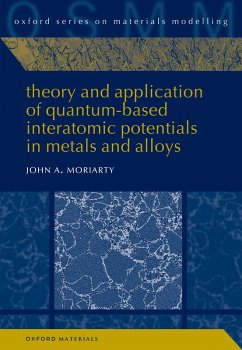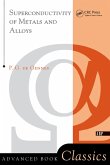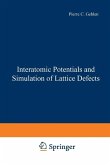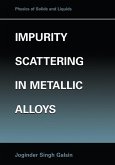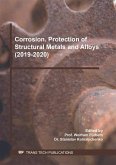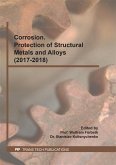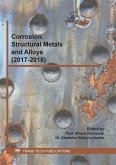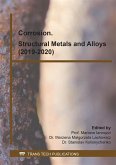Atomistic computer simulations are often at the heart of modern attempts to predict and understand the physical properties of real materials, including the vast domain of metals and alloys. Historically, highly simplified empirical potentials have been used to provide the interatomic forces needed to perform such simulations, but true predictive power in these materials emanates from fundamental quantum mechanics. In metals and alloys especially, a viable path forward to the vastly larger length and time scales offered by empirical potentials, while retaining the predictive power of quantum mechanics, is to course-grain the underlying electronic structure of the material and systematically derive quantum-based interatomic potentials from first-principles. This book spans the entire process from foundation in fundamental theory, to the development of accurate quantum-based potentials for real materials, to the wide-spread application of the potentials to the atomistic simulation of structural, thermodynamic, defect and mechanical properties of metals and alloys.
Dieser Download kann aus rechtlichen Gründen nur mit Rechnungsadresse in A, B, BG, CY, CZ, D, DK, EW, E, FIN, F, GR, HR, H, IRL, I, LT, L, LR, M, NL, PL, P, R, S, SLO, SK ausgeliefert werden.
Hinweis: Dieser Artikel kann nur an eine deutsche Lieferadresse ausgeliefert werden.

